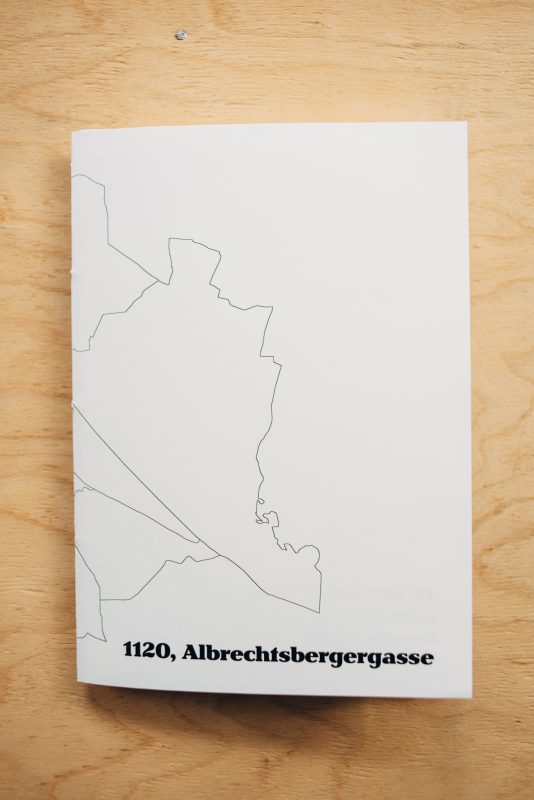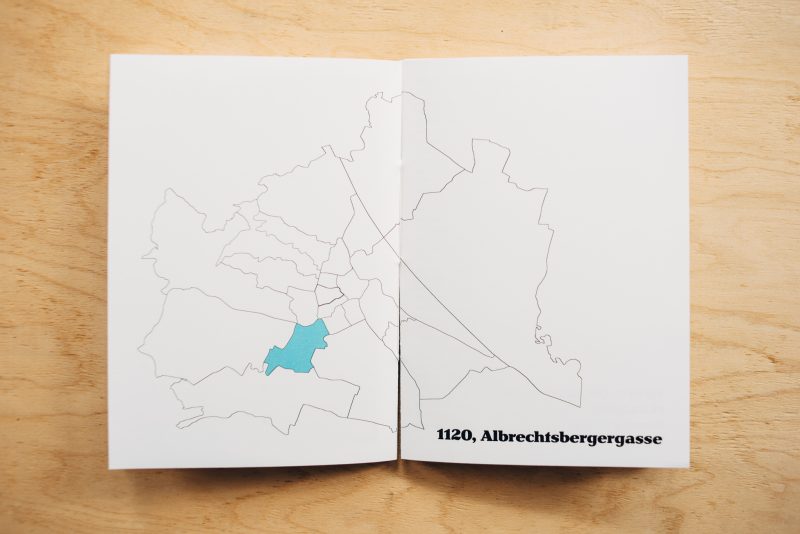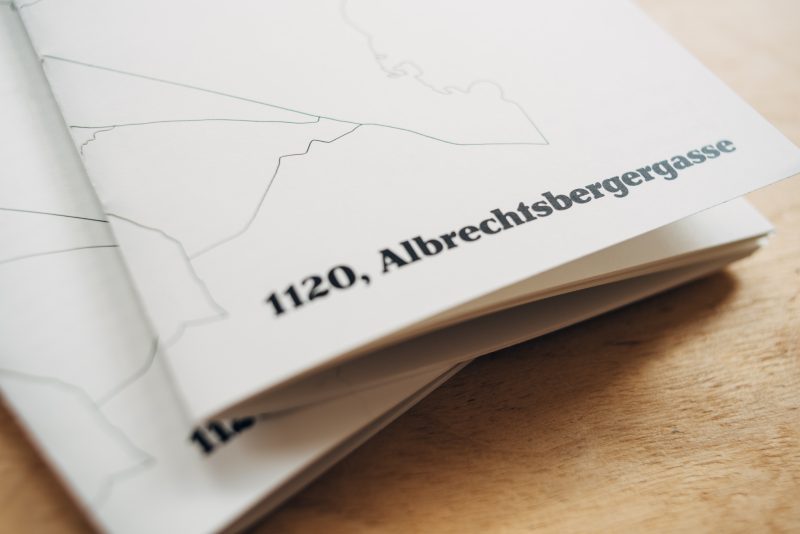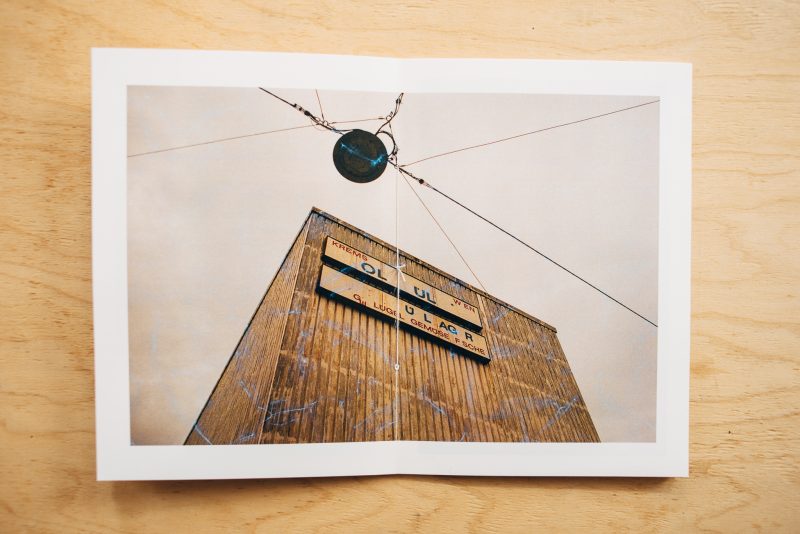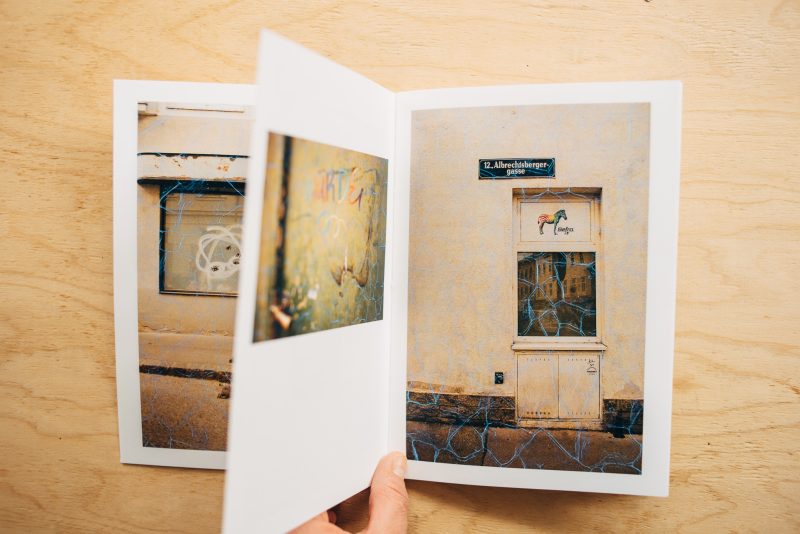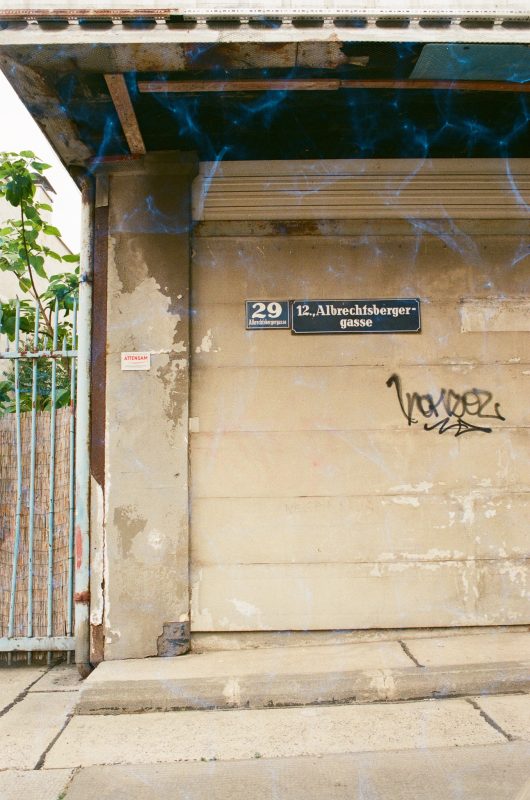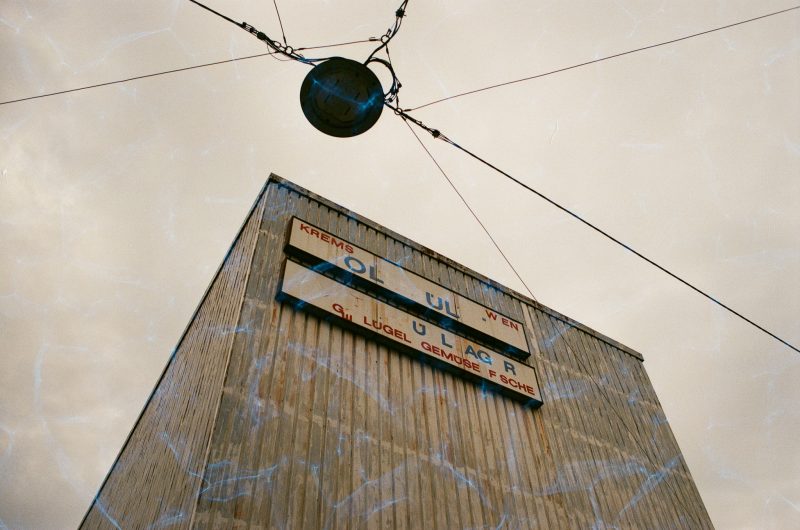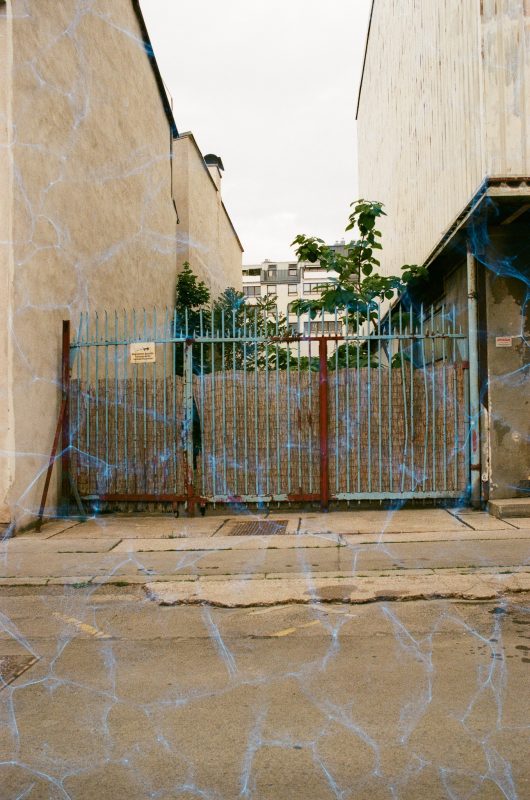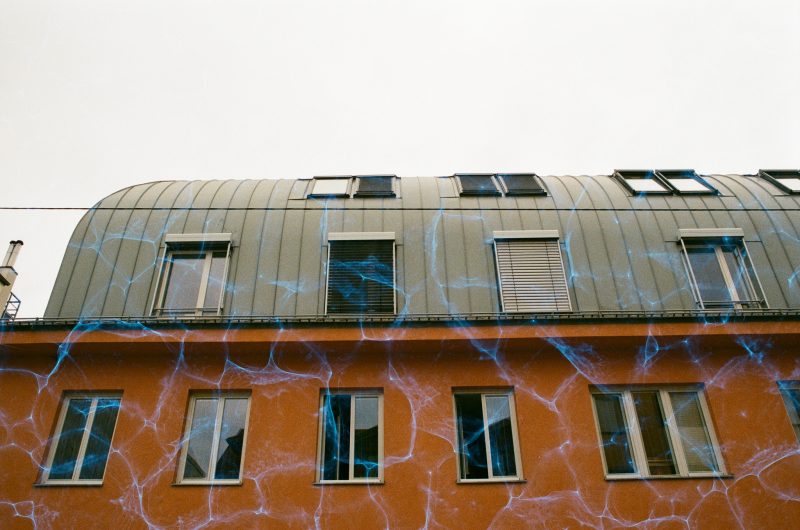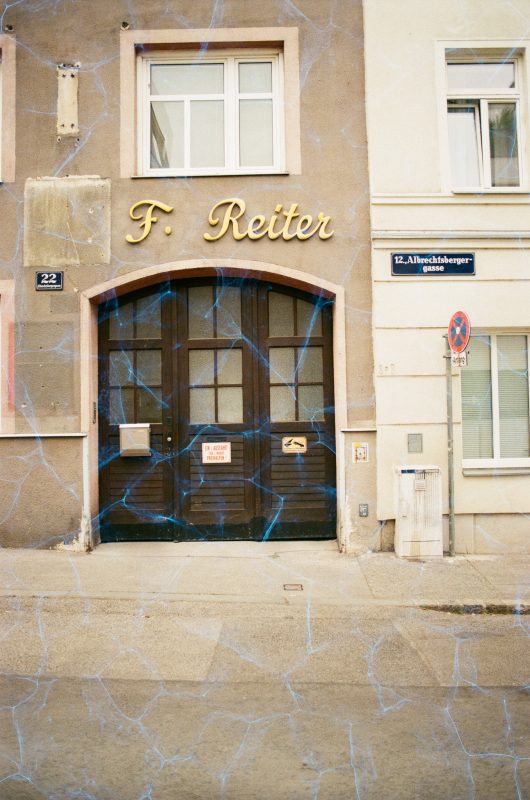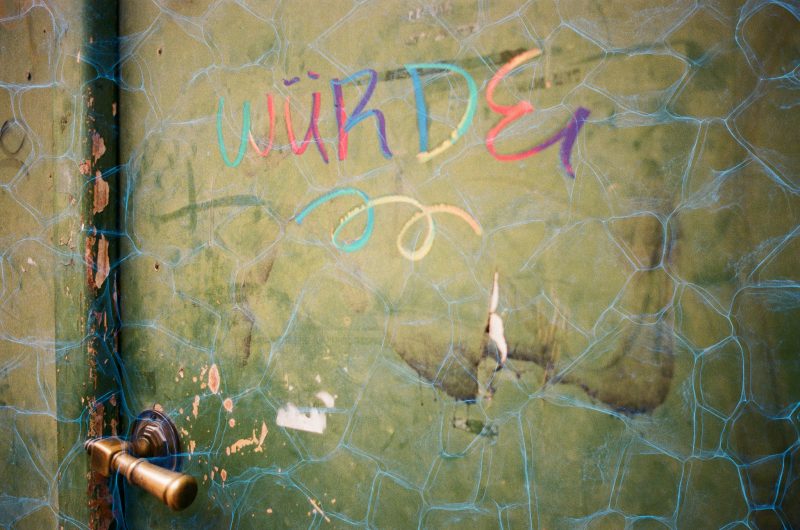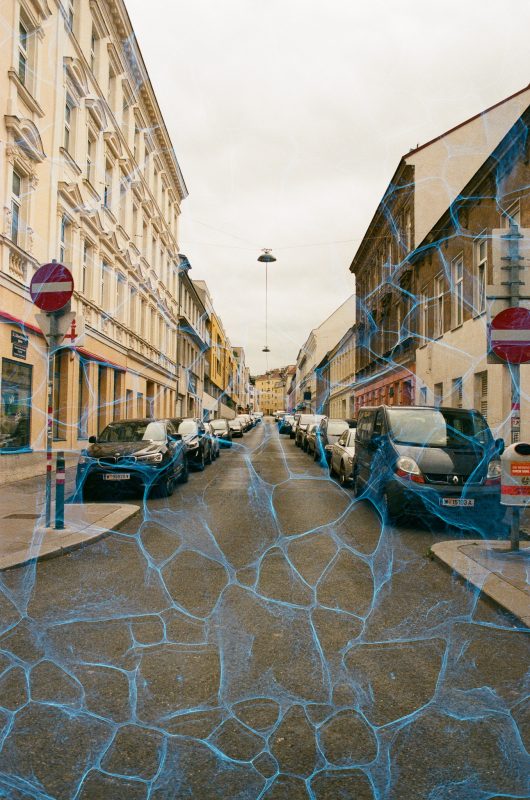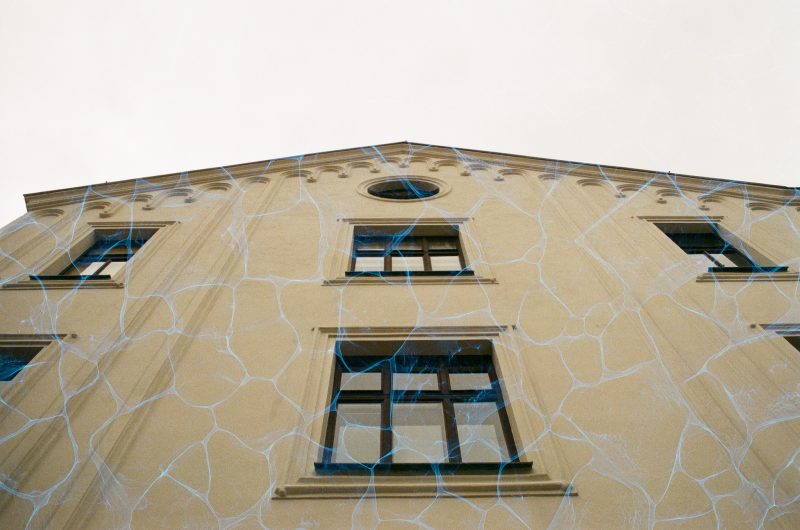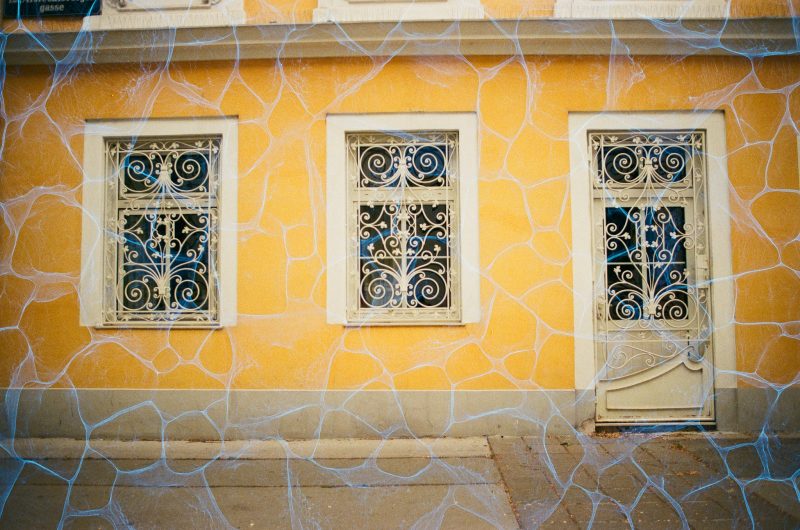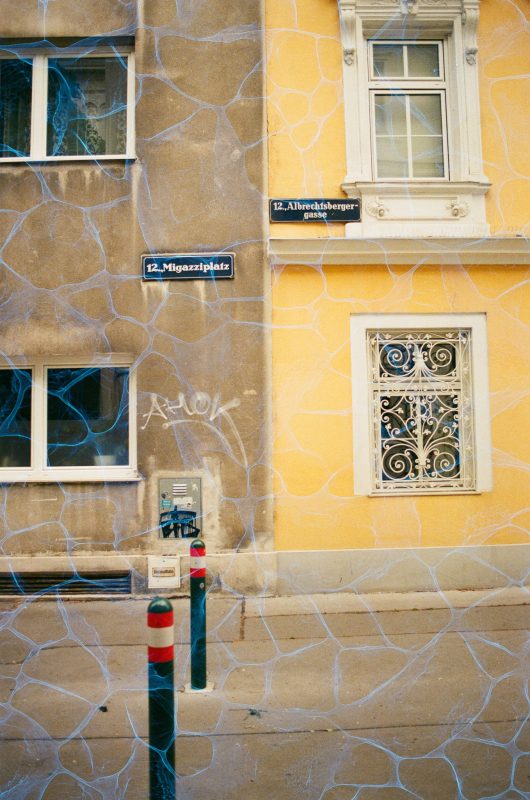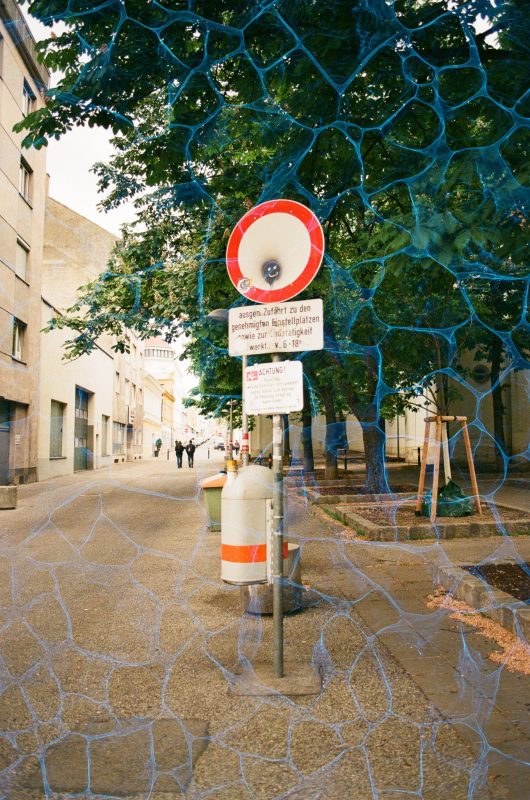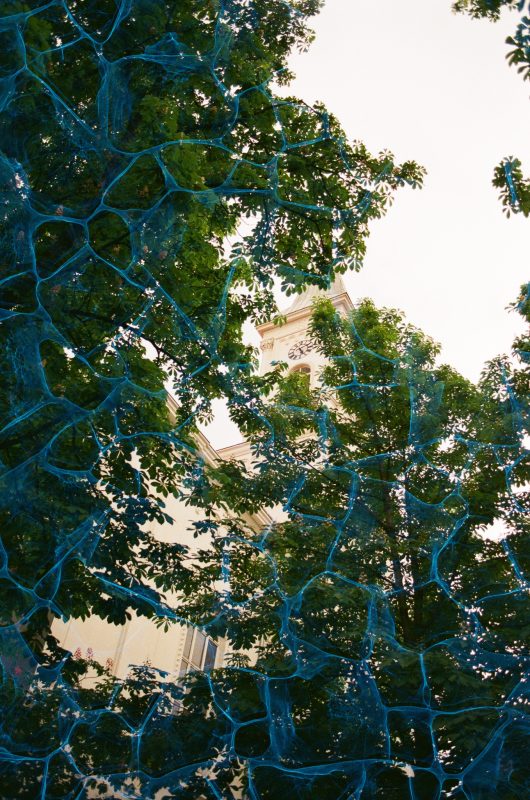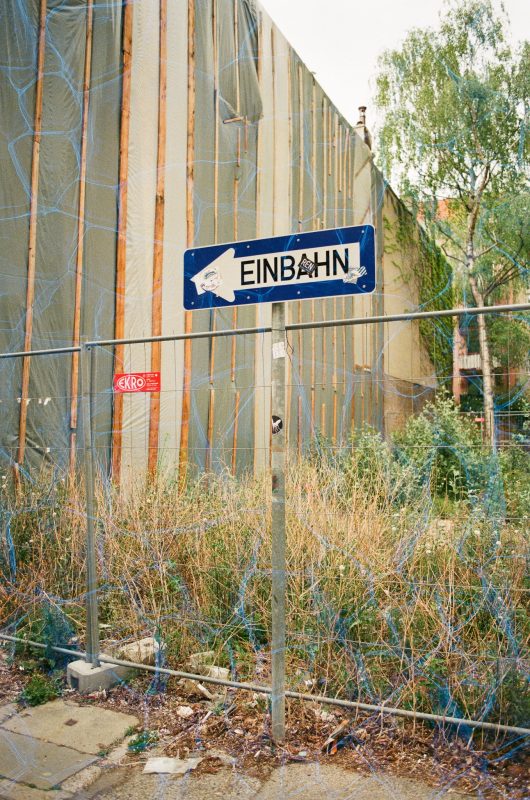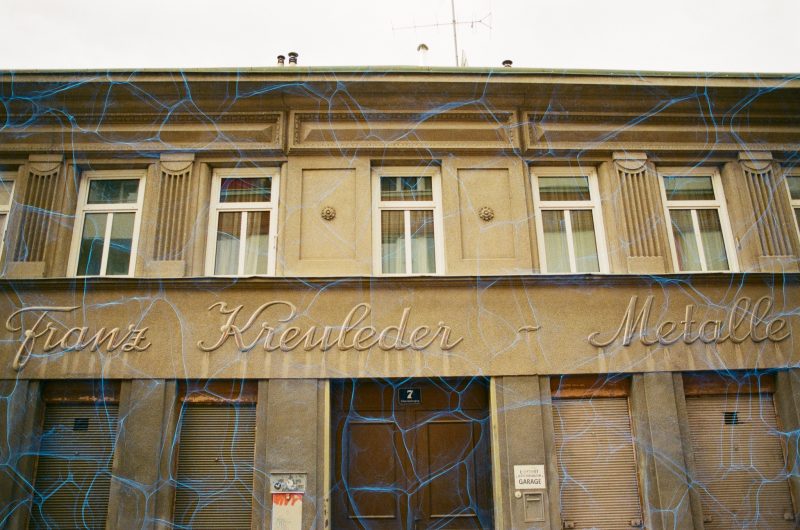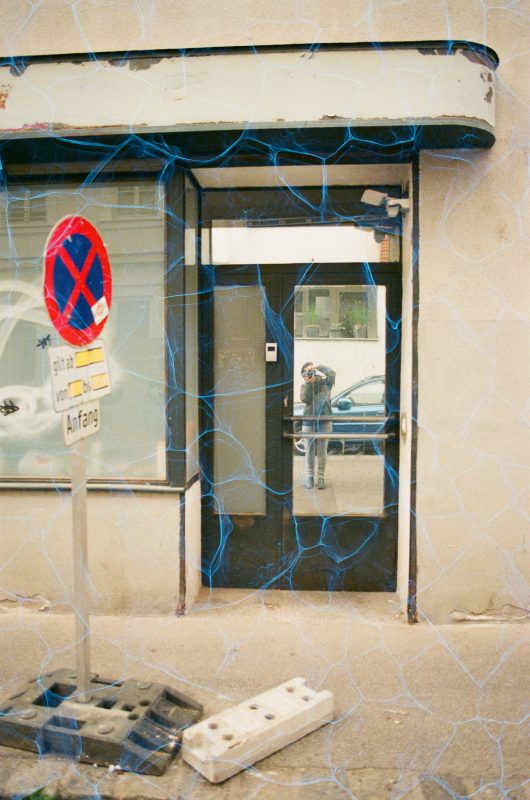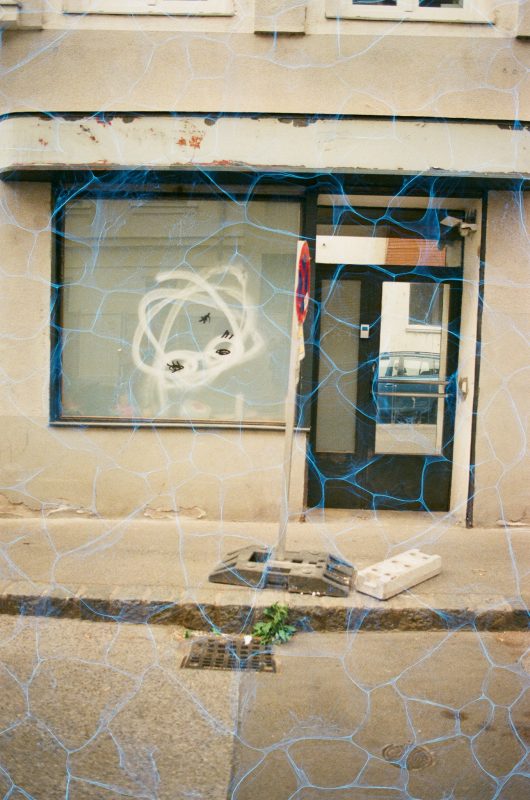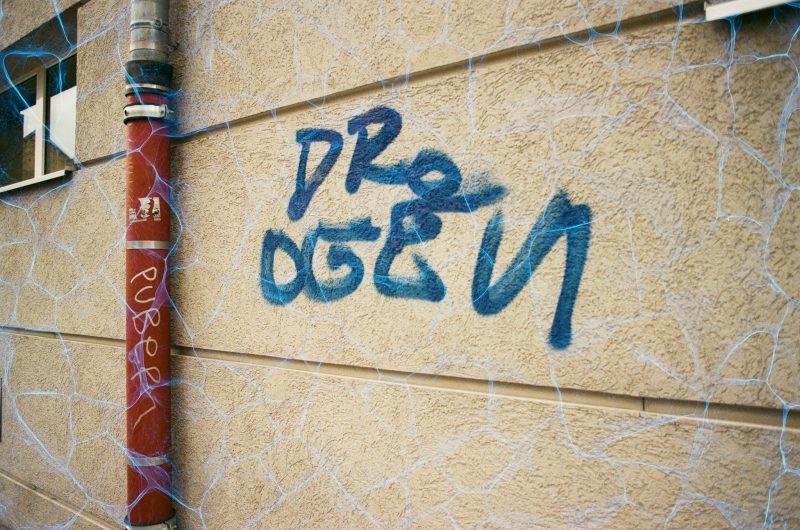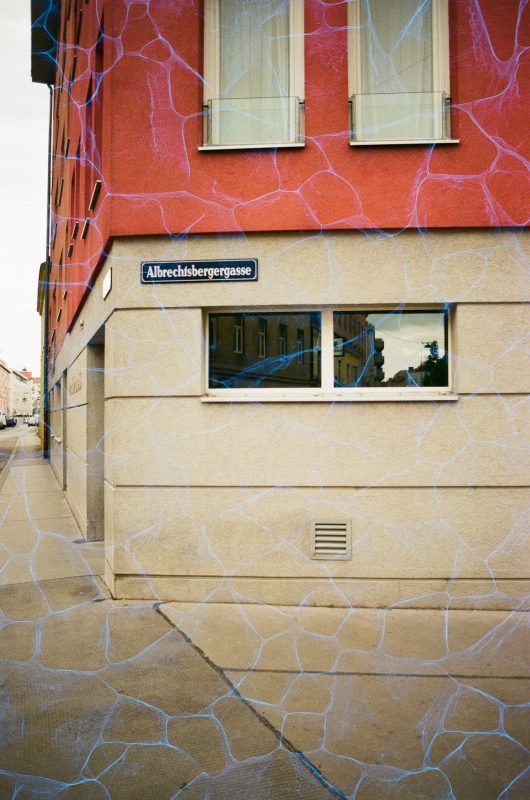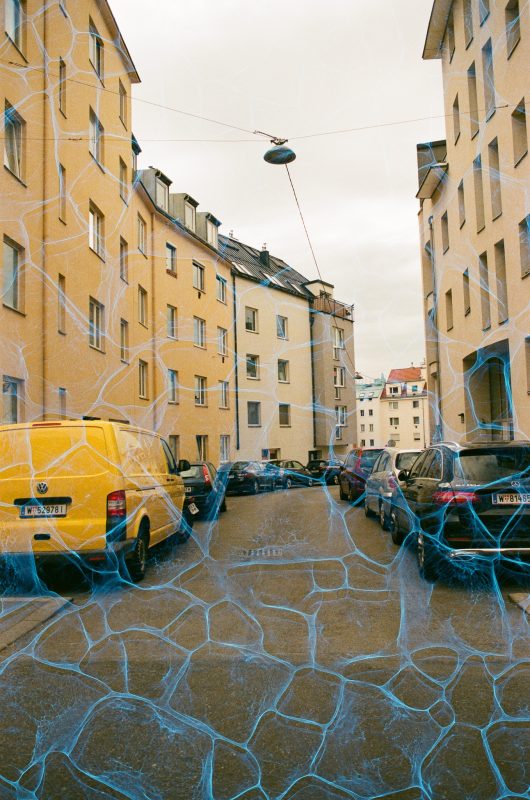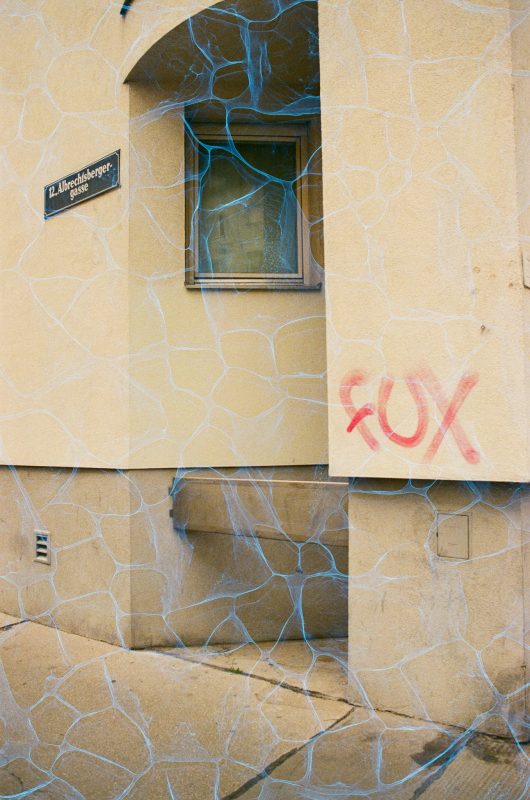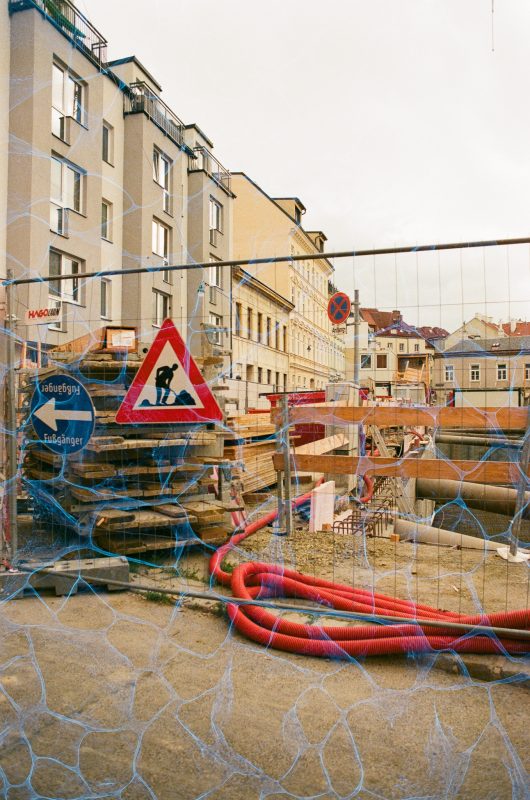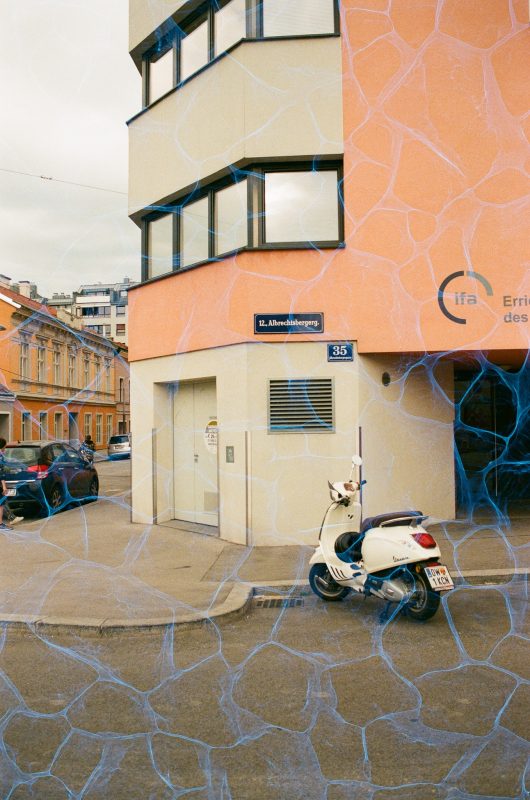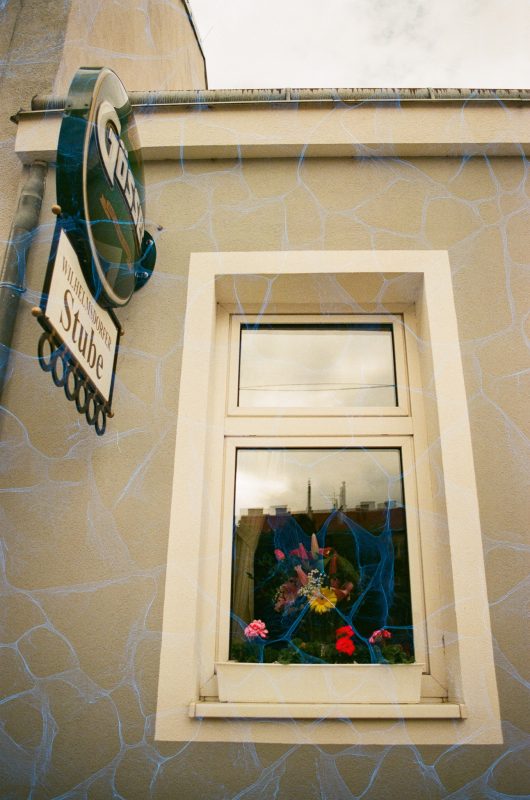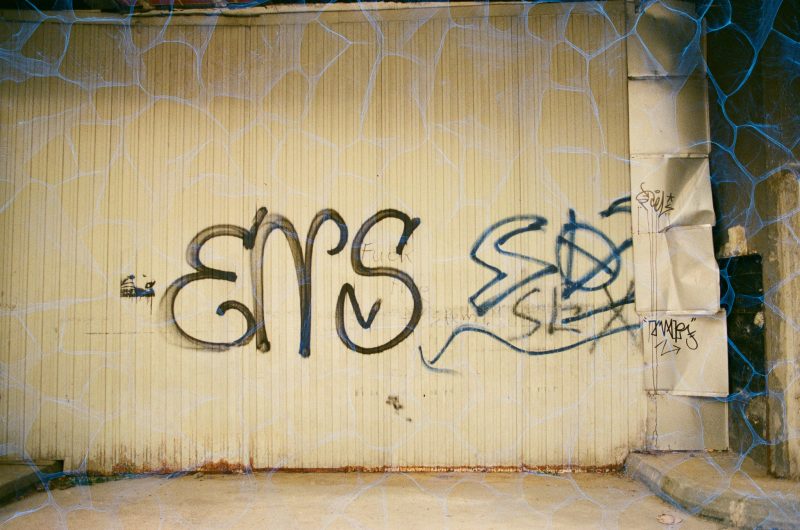Albrechtsbergergasse
1120 Meidling
€ 24,00
Pages: 44 + cover
Edition: 5 + artists copy (first edition)
Date: 2020
Film: Revolog Plexus
Camera: Minolta X300
Out of stock
Buy a print
Albrechtsbergergasse, named on July 5, 1894 after Johann Georg Albrechtsberger; previously named Pfarrgasse.
Johann Georg Albrechtsberger (February 3, 1736, Klosterneuburg – March 7, 1809, Vienna) was the younger brother of the composer Anton Johann Albrechtsberger (1729 – around 1800).
At the age of seven, Johann Georg became a choirboy at Klosterneuburg Abbey, where he learned the organ and the beginnings of music theory.
In 1749, at the age of 13, he came to the collegiate gymnasium Melk as a choirboy. Four years later he began to study philosophy at the Jesuit seminary in Vienna. One of his fellow students was Michael Haydn, through his friendship with him he also became known to his older brother Joseph Haydn. Albrechtsberger’s first compositions (mostly church and organ music) date from this time.
From 1755-1757 he worked as an organist in Raab (Győr, Hungary), then for two years at the pilgrimage church of Maria Taferl.
In 1759 he returned to Melk as an organist, but left the monastery in 1766 to return to Raab and finally settled in Vienna in 1768 as an organist and organ builder.
In 1770 he became organist at St. Stephan and in 1771 Regenschori of the Carmelite Church. In 1772 Emperor Joseph II called him to Vienna as 2nd court organist.
At this time he began teaching in Vienna.
His acquaintances and friendships with important musicians (including Joseph Haydn, Wolfgang Amadeus Mozart, Ditters von Dittersdorf) and the publication of music-theoretical works soon made him one of the leading figures in Viennese musical life. His reputation as a theory teacher was founded on two works: the “Thorough Instructions for Composition” (1790) and the “Concise Method to Learn the Continuous Bass” (1792). In 1794, Joseph Haydn, who was leaving for London, referred his student Ludwig van Beethoven to Albrechtsberger, who taught him theory and counterpoint for a year. After Mozart’s death, Albrechtsberger became the first court organist at his request, and in 1792 he also became the cathedral music director at St. Stephan.
Albrechtsberger was married to Rosalia Weiss, the daughter of the Eggenburg sculptor Bernhard Weiss. He had 15 children with her, but only six survived the father.

